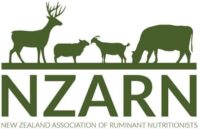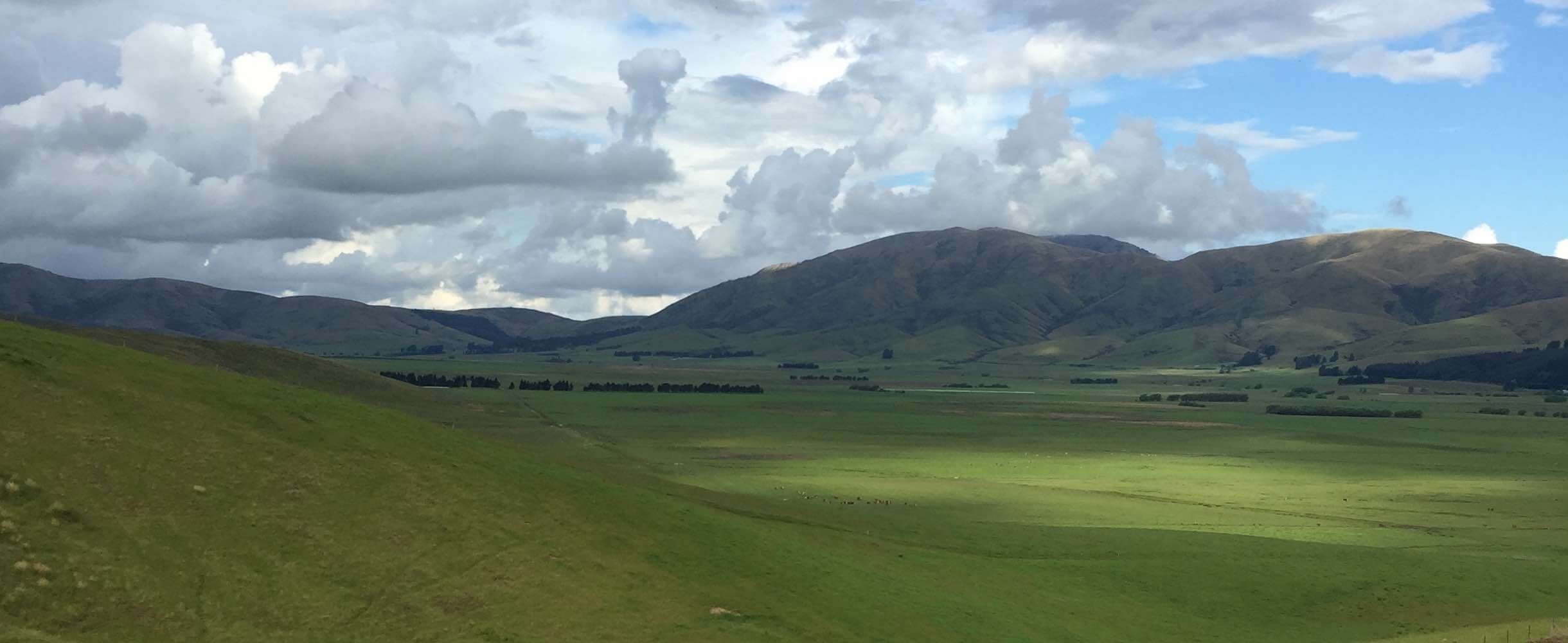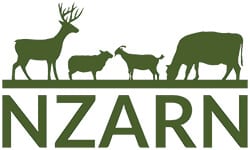Lees Valley Station has 20,000 Ha, comprised of 4,000Ha flats which have been improved, approximately 12,000 Ha of grazable hill country, and ungrazable land such as dense scrub. There is also a finishing block at Oxford. The elevation ranges from 380m to 1800m. There are 13,000 ewes and hoggets, 1,000 beef cows plus young stock and 860 hinds.
The planned grazing / tall grass method has a focus on building grass cover and using lower inputs (fertiliser, cropping, supplements). Less grass is cut for silage than with the standard model and it is just used as a winter reserve when there is heavy snow. The stocking rate is increased in the summer. In October to December feed is grown ahead of the stock and then grazed in January to March when it is dry. The period between grains varies from 45 days in October/November to 120 days in April-July. Grazing in summer during dormancy takes out bottom and gives new growth a chance so there is a green base coming through in April/May.
The ecological objectives of the “tall-grass” model are:
- Improve resilience to extreme events, e.g. drought
- Increase soil stability and organic matter
- Increase plant community diversity
- Maintain productivity without dependence on inputs
Trace mineral supplementation will be based on biopsies so stock just get what they need. the animal health programme is currently conventional but the long term plan is to reduce drenching.
Good people on the ground who are on board with the programme are seen as key for success.
Non-members looking for more information are encouraged to use our ‘contact a nutritionist’ form and ‘member directory’ to find a member who can help them answer their questions.
If you are a Rural Professional interested in joining the NZARN please see our ‘membership’ section.


